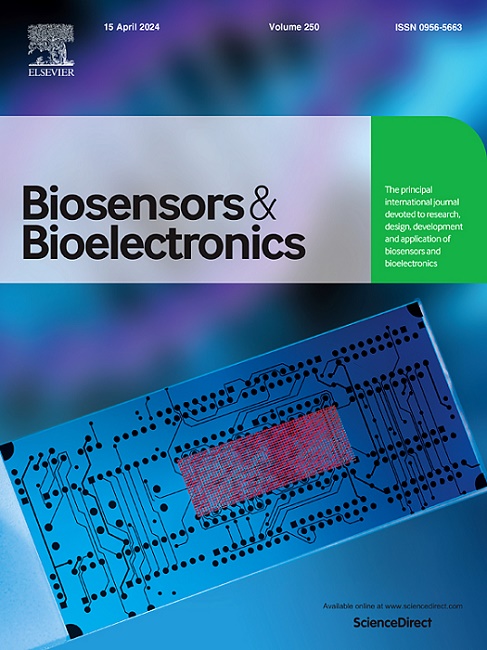基于血凝素对接分析的乌米诺韦抗病毒治疗流感病毒的目视检测
IF 10.7
1区 生物学
Q1 BIOPHYSICS
引用次数: 0
摘要
最近的大流行病证明,病毒的迅速演变对全球健康构成重大威胁。乌米诺韦(阿比多尔®)是一种广谱抗病毒药物,已证明在治疗各种病毒感染方面具有潜力。本研究旨在利用乌米诺韦修饰的金纳米颗粒(umi-GNPs)评估乌米诺韦抗甲型流感病毒(IAV)的抗病毒机制,特别是其与血凝素(HA)的相互作用。Umi-GNPs已应用于多种IAV亚型,包括H1N1、H3N2、H4N6、H6N8和H9N2。我们的研究结果表明,当病毒滴度为104.5 50%鸡蛋感染剂量(EID50)/mL时,乌米诺韦可以有效抑制所有测试亚型的病毒复制。此外,uni - gnps与预先结合在乌米诺韦上的病毒的聚集被抑制,表明uni - gnps与病毒蛋白的特定区域结合。这些发现表明,uni - gnps可以作为一种新的试剂,用于视觉检测IAV中乌米诺韦的耐药性。本文章由计算机程序翻译,如有差异,请以英文原文为准。
Hemagglutinin docking analysis-based visual detection of antiviral therapeutic efficacy of umifenovir against influenza virus
The rapid evolution of viruses poses a significant threat to global health, as evidenced by recent pandemics. Umifenovir (Arbidol®), a broad-spectrum antiviral drug, has demonstrated potential in treating various viral infections. This study aimed to assess the antiviral mechanism of umifenovir against influenza A virus (IAV), specifically its interaction with hemagglutinin (HA), using umifenovir-modified gold nanoparticles (umi-GNPs). Umi-GNPs have been applied to various IAV subtypes, including H1N1, H3N2, H4N6, H6N8, and H9N2. Our results demonstrate that umifenovir effectively inhibits viral replication in all tested subtypes at a viral titer of 104.5 50 % egg infective dose (EID50)/mL. Additionally, the aggregation of umi-GNPs with viruses pre-bound to umifenovir was suppressed, indicating that umi-GNPs bind to a specific region of the viral protein. These findings indicate that umi-GNPs can serve as novel agents for visually determining umifenovir resistance in IAV.
求助全文
通过发布文献求助,成功后即可免费获取论文全文。
去求助
来源期刊

Biosensors and Bioelectronics
工程技术-电化学
CiteScore
20.80
自引率
7.10%
发文量
1006
审稿时长
29 days
期刊介绍:
Biosensors & Bioelectronics, along with its open access companion journal Biosensors & Bioelectronics: X, is the leading international publication in the field of biosensors and bioelectronics. It covers research, design, development, and application of biosensors, which are analytical devices incorporating biological materials with physicochemical transducers. These devices, including sensors, DNA chips, electronic noses, and lab-on-a-chip, produce digital signals proportional to specific analytes. Examples include immunosensors and enzyme-based biosensors, applied in various fields such as medicine, environmental monitoring, and food industry. The journal also focuses on molecular and supramolecular structures for enhancing device performance.
 求助内容:
求助内容: 应助结果提醒方式:
应助结果提醒方式:


